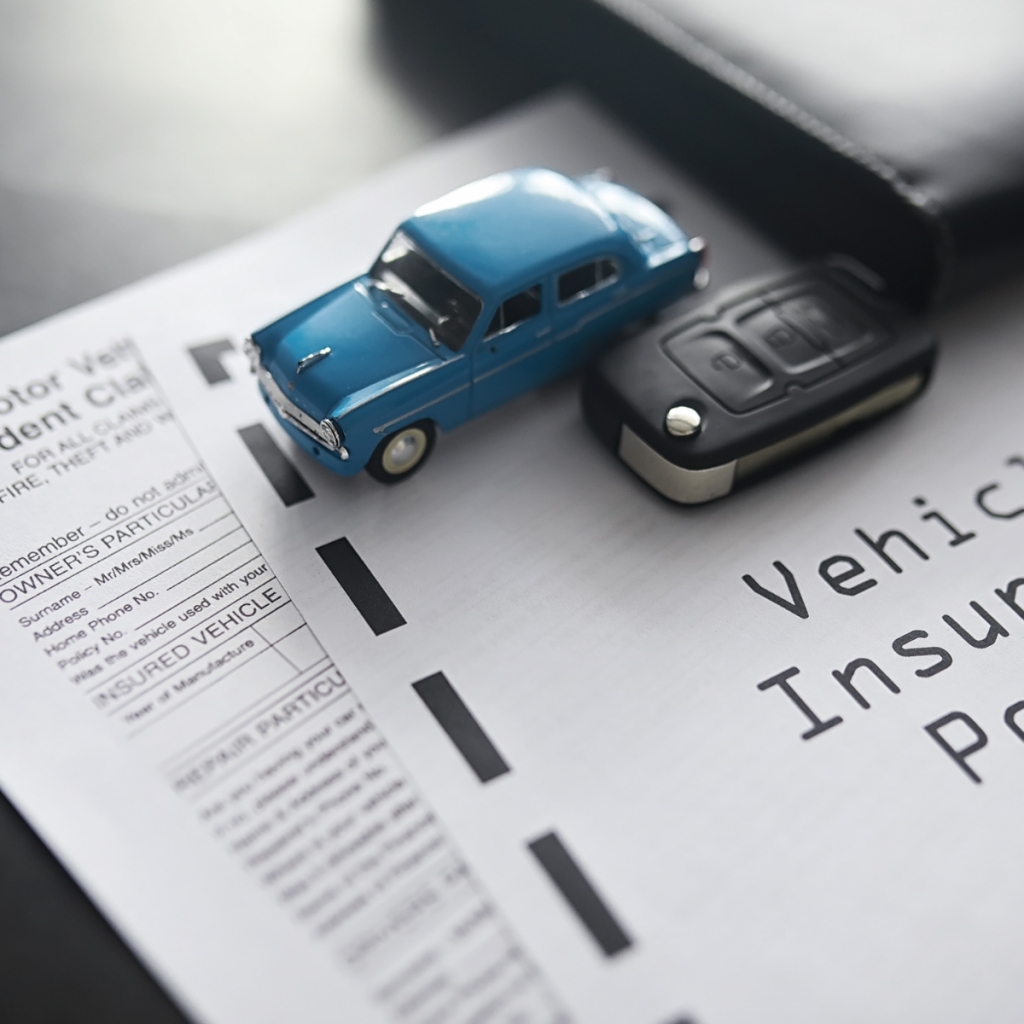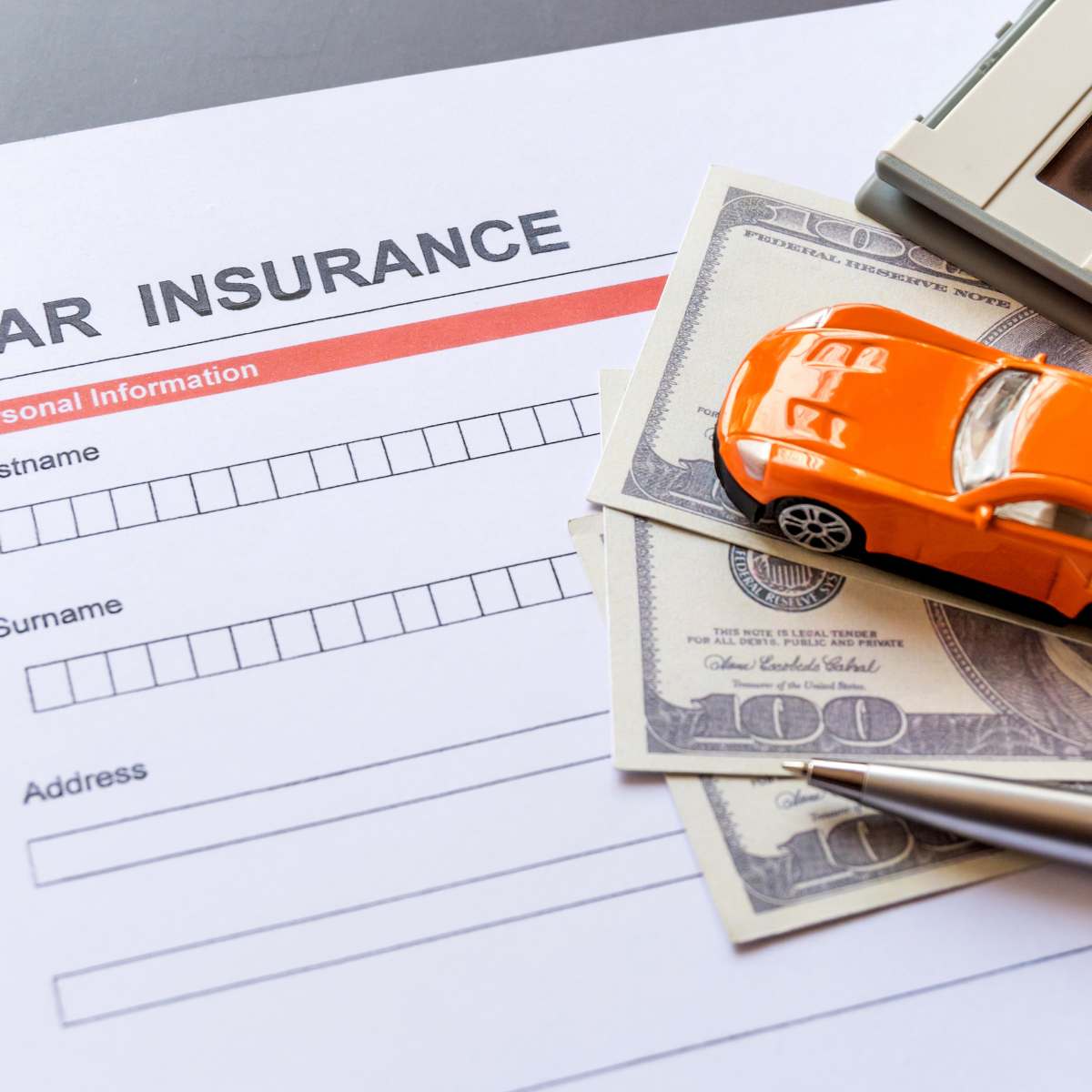Car insurance is a necessity for every vehicle owner, but the process of selecting the right policy can be daunting. Many people unknowingly make common errors, leading to higher premiums or insufficient protection. Avoiding these mistakes is crucial to ensuring you have adequate coverage at an affordable rate.
This guide will help you understand the pitfalls drivers face when buying insurance and how to steer clear of them. By knowing what to avoid, you’ll save money and ensure your coverage suits your needs.
Why Avoiding Car Insurance Mistakes Matters
Making informed decisions when purchasing insurance is essential. Car insurance is not just a legal requirement; it’s also a safety net in case of accidents or damages. Mistakes in this process can result in either insufficient coverage or overpaying for services you don’t need.

Understanding your unique needs is a fundamental step in avoiding errors. Each driver’s circumstances, such as driving habits and vehicle type, require tailored coverage to provide the best protection.
The Most Common Mistakes to Avoid
One frequent error is failing to compare quotes from multiple insurers. Many people settle for the first policy they come across without exploring other options. This can lead to overpaying or missing out on better benefits. Always obtain quotes from different companies to ensure you get the best deal.
Another common mistake is choosing only the minimum required coverage. While it may meet legal standards, it might not provide adequate protection in case of severe accidents. Evaluate your risks and consider additional coverage types like comprehensive or collision insurance for better security.
Skipping the details of a policy is another major oversight. Many drivers neglect to read the terms and conditions, leading to unpleasant surprises during a claim. Pay close attention to exclusions, deductibles, and limits to avoid unexpected costs.
Many people also overlook available discounts. Insurance companies often provide savings for safe driving, bundling policies, or installing safety devices. Not taking advantage of these offers means missing out on potential cost reductions.
Setting the wrong deductible is a frequent issue as well. A high deductible lowers your premium but increases out-of-pocket expenses after an accident. Conversely, a low deductible raises premiums but minimizes immediate costs. Choose a balance that aligns with your financial situation.
Additional Mistakes That Can Cost You
Failing to update your policy when life changes occur, such as moving to a new area or adding a new driver, is a significant oversight. Your insurance needs to reflect your current circumstances to ensure claims are valid.
Relying solely on online quotes can also be a mistake. While these tools are convenient, they may not account for specific factors affecting your premium. It’s always best to consult with an agent to get a comprehensive understanding.
Another critical error is not adding coverage for uninsured or underinsured motorists. Accidents involving such drivers can leave you with hefty bills if you lack this essential protection.
Optional add-ons like roadside assistance or rental car reimbursement are often dismissed as unnecessary. However, they can provide immense value in emergencies, especially for frequent travelers or long-distance commuters.
Long-Term Considerations
Many drivers fail to review their policies regularly. Insurance needs can change over time, and sticking with the same policy may result in outdated coverage or missed discounts. Conduct an annual review to ensure your plan aligns with your current needs and budget.
Maintaining a clean driving record is essential for keeping premiums low. Traffic violations or accidents can significantly increase your rates, so safe driving habits are crucial.
Bundling multiple policies, such as home and auto insurance, is an often-overlooked strategy for saving money. Combining services with one provider usually results in discounts and streamlined management.
Usage-based programs, which monitor driving habits, are another way to lower costs. Many drivers avoid them due to privacy concerns, but safe driving behaviors can lead to substantial savings.
Smart Strategies for Insurance Success
Knowing your state’s legal requirements for car insurance is the foundation for choosing a suitable policy. However, these minimums often don’t provide enough coverage for most drivers. Research and consider additional protection for better financial security.

Shopping around at renewal time is an effective way to ensure you’re not overpaying. Insurance rates fluctuate, and sticking with the same provider without checking competitors can cost you.
Working with an experienced agent can help you navigate the complexities of insurance. Agents can explain options, clarify terms, and assist in tailoring coverage to your specific needs.
Conclusion
Buying car insurance doesn’t have to be overwhelming. Avoiding common mistakes ensures you get the best protection at a reasonable cost. By comparing quotes, understanding policy details, and exploring discounts, you can secure a plan that fits your lifestyle.
Regularly reviewing your policy and making adjustments as needed will keep your coverage up to date. Safe driving habits, bundling services, and considering optional add-ons can further enhance your insurance experience.
Take the time to research and consult experts to make informed decisions. With the right approach, you’ll enjoy peace of mind and financial security on the road.

Leave a Reply